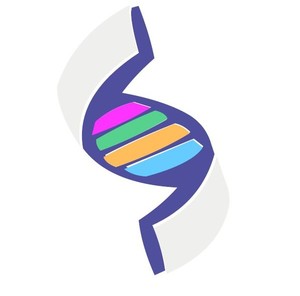The EU and the US have some differences in the way they approach biosimilars. Some of these differences were outlined in an article by Mr David Rosen and Mr Larry Lian published on 2 March 2011.
The main difference, of course, is that while the US has now a legal pathway—with the approval of the Biologics Price Competition and Innovation Act, which was signed into law on 23 March 2010 by President Barack Obama—it does not yet have a practical pathway with guidance defined by the FDA.
Both the US and the EU recognise the ‘complexity of biological/biotechnology-derived products’. The EMA has already implemented a specific regulatory pathway for biosimilars, which is separate from the generic-drug regulatory scheme.
The EMA was the first to apply the concept of ‘comparability’ to biosimilars and already approved its first biosimilars back in 2006.
There are two main differences and a third potential difference between the US and the European biosimilar regulatory pathways. These are exclusivity period, biosimilarity standard, and pharmacovigilance requirements.
Exclusivity period
The Biologics Price Competition and Innovation Act in the US provides a 12‑year exclusivity for an innovator biological product and five-year exclusivity for an innovator-chemical drug, whereas the EU provides a 10-year exclusivity period for both biological products and chemical drugs. Although President Obama in his 2012 budget has proposed that biologicals only be allowed seven years of market exclusivity before biosimilars can be sold in the US, instead of 12 years, as originally proposed.
Biosimilarity standard
The US defines biosimilarity as ‘highly similar … notwithstanding minor differences in clinically inactive components; and … there are no clinically meaningful differences … in terms of the safety, purity, and potency’. The EMA, however, has said that ‘the differences between the similar biological … product and the reference (innovator) … product … will have to be justified [by the biosimilar applicant] by appropriate studies on a case-by-case basis’. However, it is likely that when it comes to biosimilars the FDA will also make its assessments on a case-by-case basis.
Pharmacovigilance requirements
A third potential difference between the US and the EU is the pharmacovigilance requirements for biosimilars. In EU, in addition to monitoring a drug’s adverse side effects during clinical trials to obtain approval, a drug manufacturer is often required to monitor the drug’s adverse side effects after it markets the drug.
While the FDA is still seeking comment and has not published any rules regarding such requirements, the EMA requires biosimilars to undergo the same post-marketing monitoring procedures as the innovator reference product. The EMA requires that the ‘clinical safety of similar biological medicinal products must be monitored closely on an ongoing basis during the post-approval phase, including continued benefit-risk assessment’.
Editor’s Comment
Whatever the differences the main thing is that a pathway for biosimilars is implemented as soon as possible in the US enabling patients to benefit from cost-effective treatments.
Please feel free to share your thoughts via email to editorial@gabionline.net. What do you think about the rate of progress by the FDA in implementing guidelines for biosimilars? What do you think about the exclusivity period of 7- or 12-years?
Related articles
Worldwide biosimilar development
Exclusivity for biological drugs in the US: what now








 0
0











Post your comment